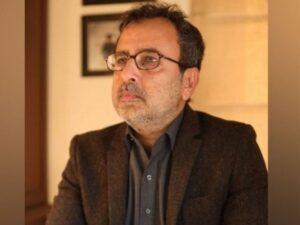The initial phase introduced digital payments at weekly bazaars, the second phase will cover all major shopping centers
Islamabad has completed the first phase of its transition to become Pakistan’s first completely cashless and technology-enabled model city, as directed by Prime Minister Shehbaz Sharif. The initial phase successfully introduced digital payments at weekly bazaars, CDA One-Stop Facilitation Center and metro and electric bus services.
The second phase has now begun, aiming to expand the Raast QR code payment system across the capital. The expanded rollout will cover all major malls, shopping malls, Class III markets, hotels, guest houses, petrol pumps, restaurants and other commercial establishments.
A high-level meeting chaired by CDA Chairman and Islamabad Chief Commissioner Muhammad Ali Randhawa reviewed the progress and directed officials to expedite city-wide implementation. Senior members of ADC administration and finance, as well as representatives of major commercial banks, attended the meeting.
Read: Cashless economy is broken, only 700,000 retailers offer digital solutions
Officials said QR-enabled payment systems are already being rapidly deployed at markaz-level markets, malls and local shopping centers as part of a broader effort to reduce reliance on cash.
The President noted that Islamabad’s broader digital transformation includes the deployment of M-Tag integration and digital parking solutions, which will contribute to a seamless, secure and fully digitalized urban infrastructure.
He further asked commercial banks to raise awareness and guide merchants and the general public to advance the transition to a cashless economy, while calling on merchants and merchants to encourage the public transition by offering discounts and incentives to customers for QR-based payments.
These initiatives, he said, would accelerate Islamabad’s evolution towards a cashless, transparent and digitally inclusive city, thereby setting a national benchmark in modern urban governance.




